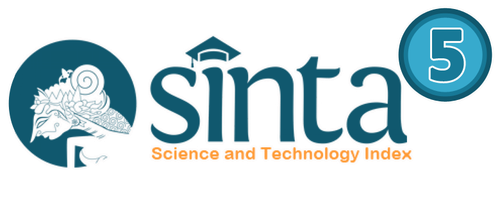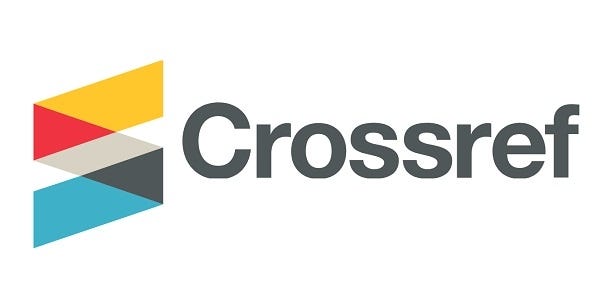BLENDED LEARNING IN STRUCTURE FOR TOEFL® SUBJECT: HOW THE ONLINE MODE SUPPORTS THE ONSITE LEARNING EFFECTIVELY
DOI:
https://doi.org/10.47080/jeltl.v2i1.545Keywords:
blended-learning, onsite & online mode, structure section of TOEFLAbstract
This article discusses about the onsite and online mode of learning processes experienced by the students in structure for TOEFL® Subject. It is a case study that aimed to describe how the lecturer prepared the online mode effectively in supporting the onsite learning of the subject. It figured out how the lecturer inventarized the problems found in structure section of TOEFL, and how the students interact with the materials in the online mode.
Downloads
Download data is not yet available.
References
Bakerson, M., Trottier, T., & Mansfield, M. (2015). The Value of Embedded Formative Assessment: An Integral Process in Online Learning Environments Implemented Through Advances in Technology. In S. Koç, X. Liu, &P. Wachira, Assessment in Online and Blended Learning Environments (pp. 3-20). USA: Information Age Publishing Inc.
Djiwandono, P. I. (2015, July). Exploring the Potential of Facebook for Blended Learning. CELT, 15(1), 15-30.
Lock', J. V., & Redmond, P. (2015). Empowering Learners to Engage in Authentic Online Assessment. In S. Koç, X. Liu, & P. Wachira, Assessment in Online and Blended Learning Environments (pp. 21-38). USA: Information Age Publishing Inc.
Rogers, B. (2011). The Complete Guide to the TOEFL® Test: PBT Edition. Australia: Heinle Cengage Learning.
Stein, J., & Graham, C. R. (2014). Essentials for Blended Learning: A Standards-Based Guide. New York: Routledge.
Swick, E. (2018). English Grammar for ESL Learners: Third Edition. New York: McGraw-Hill Education.
Tang, C. M., & Chaw, L. Y. (2013, December). Readiness for Blended Learning: Understanding Attitude of University Students. International Journal of Cyber Society and Education, 06(2), 79-100. doi:10.7903/ijcse.1086
Djiwandono, P. I. (2015, July). Exploring the Potential of Facebook for Blended Learning. CELT, 15(1), 15-30.
Lock', J. V., & Redmond, P. (2015). Empowering Learners to Engage in Authentic Online Assessment. In S. Koç, X. Liu, & P. Wachira, Assessment in Online and Blended Learning Environments (pp. 21-38). USA: Information Age Publishing Inc.
Rogers, B. (2011). The Complete Guide to the TOEFL® Test: PBT Edition. Australia: Heinle Cengage Learning.
Stein, J., & Graham, C. R. (2014). Essentials for Blended Learning: A Standards-Based Guide. New York: Routledge.
Swick, E. (2018). English Grammar for ESL Learners: Third Edition. New York: McGraw-Hill Education.
Tang, C. M., & Chaw, L. Y. (2013, December). Readiness for Blended Learning: Understanding Attitude of University Students. International Journal of Cyber Society and Education, 06(2), 79-100. doi:10.7903/ijcse.1086
Downloads
Published
2019-03-18
Issue
Section
Articles
How to Cite
Pahamzah, J., & Hakim, R. (2019). BLENDED LEARNING IN STRUCTURE FOR TOEFL® SUBJECT: HOW THE ONLINE MODE SUPPORTS THE ONSITE LEARNING EFFECTIVELY. Journal of English Language Teaching and Literature (JELTL), 2(1), 59-65. https://doi.org/10.47080/jeltl.v2i1.545







